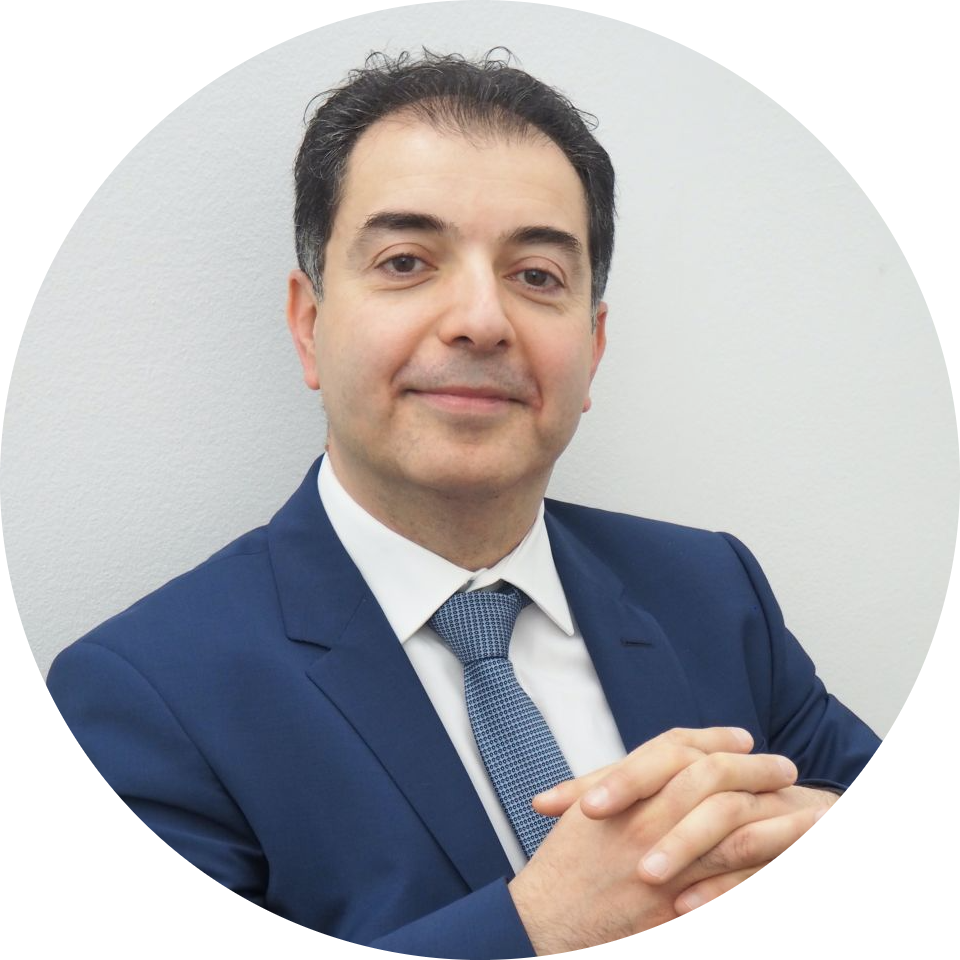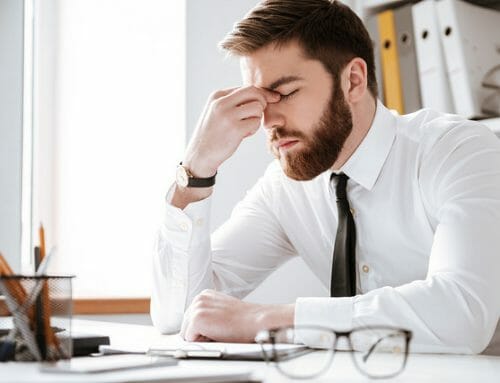
A Simple Way To Treat Dry Eyes That Works For Everyone
WHY I HAD DRY EYE TREATMENT AT EYE CLINIC LONDON (AND MAYBE YOU SHOULD TOO)
Maybe you’ve had to tell the kids that you can’t go on that bike ride because cycling isn’t much fun when you have to keep stopping to put in your eye drops. Or perhaps it’s the day of your best friend’s wedding, and all you can think about is that awful gritty sensation in your eye. Maybe you’ve always felt self-conscious in your glasses, but contact lenses aren’t an option because they just make things worse.
Whatever your circumstances, the constant irritation and discomfort caused by dry eyes can hinder you during every aspect of daily life. Studies show that this persistent setback can damage relationships, limit career progression and is linked to anxiety and depression.
So what causes dry eye disease?
Dry eye disease is a common health problem worldwide and is predominantly caused by Meibomian Gland Dysfunction (MGD). There are about 80 Meibomian glands in the upper and lower eyelids of each eye. These glands are responsible for producing an important oil called the lipid layer. This layer acts as natural lubrication that makes the surface of your eyes smooth and clear and helps protect your eyes from infection. If the glands aren’t producing enough tears, or if the quality of the tears isn’t very good, troublesome symptoms can arise. These can include stinging, burning, sensitivity to light, eye redness, blurred vision, eye fatigue and even excessive watering.
Other triggers of dry eye disease include ageing, certain medical conditions and medications, laser eye surgery and environmental factors.
Technology and the eyes
Postmenopausal women used to be at highest risk of dry eye disease due to changes in hormones that affect tear production. However, the condition is now more prolific with the rise of technology and increased use of digital devices in our lives. Spending hours a day staring at a screen causes our blink rate to slow and so our eyes are not naturally cleansed as often as they should be. This cleansing is essential for replenishing the tears and oils needed for healthy vision. Without them, our eyes become as dry as the Sahara desert.
Fortunately, at Eye Clinic London, we can provide the best treatments, strategies and support so that dry eye sufferers can regain total control of their eyes.
In this post, we share everything you need to know about treating dry eye disease so that you can take the next step towards comfortable and soothed eyes, free from distraction and irritation.
Some treatments focus on reversing or managing a condition or factor that’s causing your dry eyes. Other treatments can improve your tear quality or stop your tears from draining away from your eyes too quickly.
The diagnoses
First things first, we need to determine what is causing your symptoms. To do this, we take a detailed history of your symptoms, general health, previous eye infections, conditions, your lifestyle, occupation, medications, allergies, whether you wear contact lenses or have had laser eye surgery.
Next, we assess your vision and examine your eyes. We will determine your eyes gland function, tear evaporation and flow rate, the skin around your eyes, your eyelid position, blink rate, the eyelid margins, under the surface of the eyelids and the cornea. Only once we have a comprehensive overview of your overall eye health and lifestyle can we begin treatment.
The treatment
Phase 1 – The first port of call
The first stage of dry eye treatment for occasional or mild dry eye symptoms begins with environmental and dietary modifications, the elimination of offending systematic medications and the regular use of eye drops (artificial tears), gels and ointments.
For dry eye syndrome caused by MGD, we are pleased to be able to offer Intense pulsed Light (IPL) therapy via the most advanced E-Eye technology. This is a non-invasive and painless treatment which has revolutionised dry eye treatment.
The E-Eye device flashes intense regulated pulses of light at the cheekbone and temple area around the eye, targeting the nerve branches and blood/ lymphatic vessels that are connected to the meibomian glands. This light causes a stimulatory response within the meibomian glands, and they start to resume secretion of the normal oil layer again, and symptoms of eye dryness disappear. It is effective in 80% of patients affected by dry eye disease.
The length of the treatment’s efficacy increases with the number of treatments completed. Effective for one week after the first treatment, 2-3 weeks after the second treatment and six months to more than two years after the third or fourth treatment. We can truly say it is a long term relief of MGD.
Phase 2
If the first stage of treatment isn’t effective, and your symptoms persist, the next stage involves adding further measures. This often includes:
- Non-preserved artificial tear substitutes. These are better for long-term use as they contain fewer additives that won’t irritate your eyes.
- Anti-inflammatory agents to reduce any inflammation of the eyelids or cornea to help the oil glands function normally.
- Tetracycline antibiotics to target any infection
- Plugs – These are tiny silicone corks that we insert into your tear ducts to prevent your tears from draining from your eye too quickly. Available types include the following:
- Absorbable plugs – These plugs are made of collagen or polymers and either dissolve by themselves or can be removed by saline irrigation.
- Nonabsorbable plugs – These plugs are made of silicone; two main categories of silicone plugs for dry eye include punctal plugs and intracanalicular plugs
- Thermoplastic plugs (eg, SmartPLUG; Medennium, Irvine, CA) – These plugs are made of a thermosensitive, hydrophobic acrylic polymer that changes from a rigid solid to a soft, cohesive gel when its temperature changes from room temperature to body temperature
- Hydrogel plugs
- Secretagogues – this is a substance that promotes the secretion of mucus to improve the quality of tears.
Phase 3
If phase two isn’t successful, we can take treatment up another notch. This often includes the use of:
- Autologous serum or Allogeneic serum – It sounds strange, but this protein-rich liquid made from either your own blood or donated blood is very effective in stimulating the growth of your ocular surface tissue called the epithelium.
- Special contact lenses – These are made of high-water hydrogel material. They contain molecules found naturally in human cell membranes that attract and surround themselves with water, so your eyes remain moist and comfortable. These are available in the following types:
- Silicone rubber lenses are incredibly breathable and don’t absorb any moisture making them very useful in the management of severely dry eyes.
- Gas permeable scleral-bearing hard contact lenses that maintain corneal hydration in cases of epithelial desiccation after dry eye or tear film dysfunction.
- Highly oxygen-permeable lenses (overnight wear)
Phase 4
If phase 3 doesn’t effectively tackle dry eyes, it’s time to add systematic anti-inflammatory agents. Agents that can treat dry eye disease include the following:
- Topical cyclosporine, topical corticosteroids, or topical or systemic omega-3 fatty acids
- Topical or systemic tetracyclines
- Systemic immunosuppressants
Phase 5
Severe dry eye disease can result in corneal thinning, perforation and ulceration that threatens sight. If this happens there are numerous surgical solutions that we can deploy to rebuild the surface of the eye. These include:
- Corneal cyanoacrylate tissue adhesive – Sealing of the perforation or descemetocele with
- Corneal or corneoscleral patching
- Lateral tarsorrhaphy
- Conjunctival flap
- Surgical occlusion of the lacrimal drainage system
- Mucous membrane grafting
- Salivary gland duct transposition
- Amniotic membrane transplantation
What are the differences between paediatric and adult dry eye treatments?
Treatment of dry disease in children is a bit more challenging, simply because it involves the cooperation of the child, and parents or carer. The way we overcome these challenges is by educating the parents and providing treatment that has maximum efficacy and doesn’t need to be applied as frequently as is the case with eye drops.
The result
It is our goal at Eye Clinic London to provide you with the very latest dry eye treatment strategies and support so that you can regain total control of your eyes.
Your vision will be clearer, and your eyes will be healthy and protected from infection. You may even have the option to wear contact lenses should you need them.
Everyday tasks, such as working on the computer, reading a book or going on a brisk walk out in the fresh air will be a breeze.
Patients often report feeling happier, with renewed energy, confidence and convenience now that dry eyes are no longer holding them back.
It can often feel as though there is no solution to dry eyes and that you have to endure that awful feeling forever. But you don’t have to. With proper assessment, diagnosis and treatment, we can get your eyes back to normal so that you can live a comfortable and content life.
Share This Story, Choose Your Platform!

About the expert
Mr Hamada | Consultant Ophthalmologist and Corneal Surgeon
MD, MSc, DO (hons), FRCSEd, FRCOphth I am Samer, founder and consultant ophthalmic surgeon with over 20 years’ experience in ophthalmology. I am a world-renowned specialist in cornea, cataract and refractive surgery. I’m not only a leading surgeon but also the only dual fellowship trained in corneal diseases in children from reputable institutions in the UK. At Eye Clinic London I work closely with other consultant ophthalmologists, optometrists and orthoptists to achieve the best outcomes for our patients. Our main aim is to make sure our patients get the safest and best treatments available to them. We put your safety before anything else so you can rest assured that if you choose us you will be in the best and safest hands.



